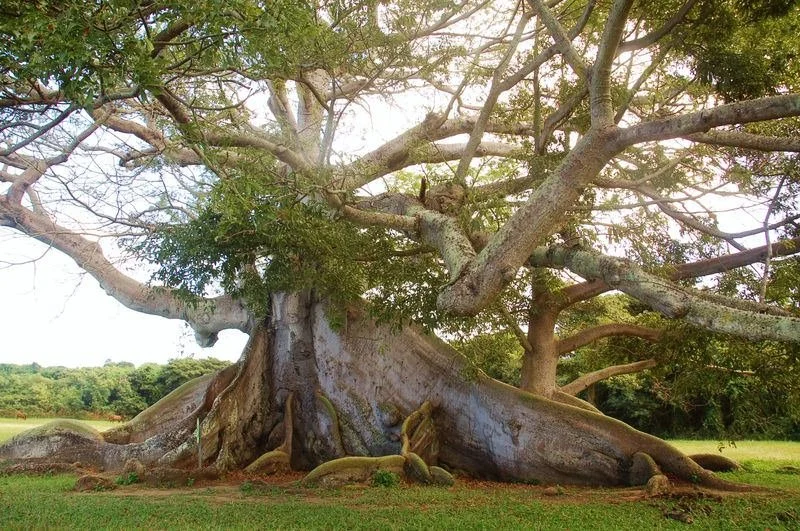A short excerpt of the 3rd part of a series I’m writing on Substack.
“Nature uses only the longest threads to weave her patterns, so that each small piece of her fabric reveals the organization of the entire tapestry.
”
Inside the GRASS CUTTING AREA, there is a single ceiba tree, conspicuously towering eighty feet above a dense thicket of magnolias. This giant of a tree stood just two feet high in 1492, when the Admiral of the Ocean Sea ran the Santa Maria aground with John Spillers aboard. The tree was three feet tall when the Admiral returned in 1493 and discovered all his men dead or missing—all except John Spillers. By the time Ponce de León arrived in 1508, and began unloading his ships at Guaynabo, just 75 miles to the east, the tree stood 19 feet high. In that year, John Spillers was still human—still aging. By 1511, when the Tainos rebelled against the Spaniards under the Cacique Agüeybaná, the tree stood 21 feet high. Mr. Spillers had not yet discovered his predilection for cutting the noses and lips off of children. That came the very next year in 1512. By 1518, he had figured out the exact methods and procedure for cutting a person’s feet off, cracking open the tibiae right at the ends where the spongy parts are, then slow burning them there at that spot, waiting for the marrow to come bubbling out like coagulated tar. It was December of that year that he managed to keep a man alive for twelve hours during the ordeal. This is the year he stopped being human; stopped aging—when his elliptical luminescence changed, and started developing a debris trail. This is annotated in FM-5137, with supplemental notes collected by Dr. Vandyck of Area J…
